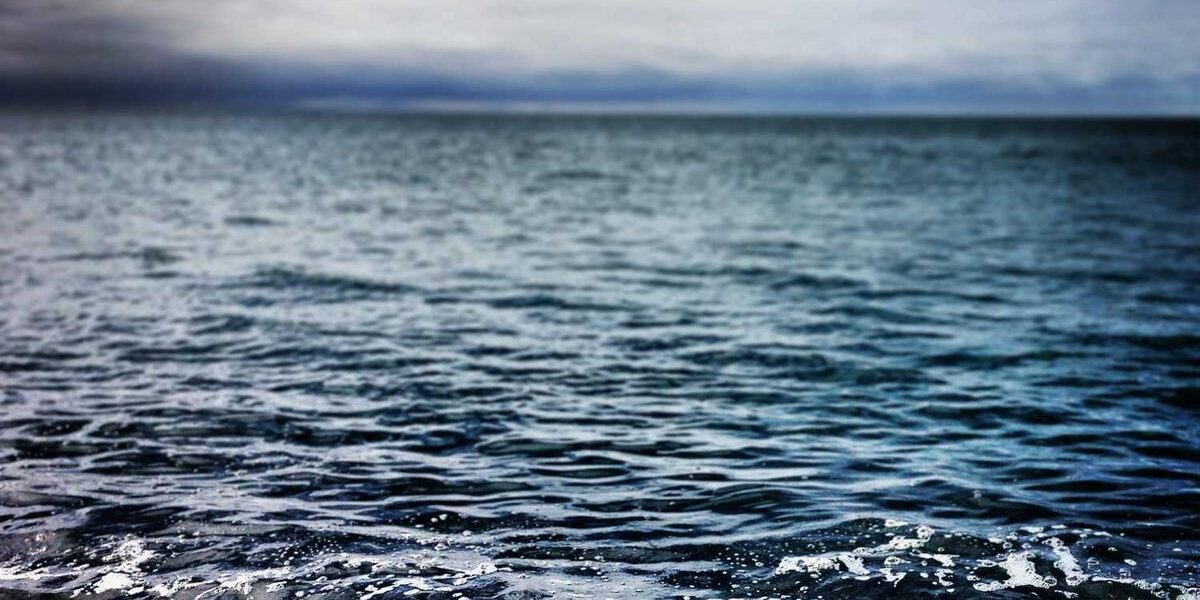How to Make a Time Lapse Video
Time lapse videos capture the slow passage of time in a way that makes subtle changes visible. They can show the gradual movements of clouds, the bustling activity of a city, or the blooming of a flower. Creating a time lapse video is both an art and a science. It involves capturing a sequence of images over a period and then compressing them into a shorter timeframe. Let’s dive into the steps needed to create a compelling time lapse video.
Understanding the Basics
At its core, a time lapse video is a series of still images captured at intervals and played back at a frame rate much faster than they were taken. This means you take a photo every few seconds or minutes, depending on how fast you want time to appear to move. When played back, these images create an accelerated sequence. The key is finding the right interval between shots and the total duration of your capture.
Equipment Needed
You don’t need expensive equipment to make a quality time lapse video. A camera with manual settings is crucial. Most cameras, from DSLRs to smartphones, now offer time lapse capabilities. However, having manual controls to adjust exposure, focus, and other settings provides more creative control. A sturdy tripod is essential. It prevents any movement of the camera, keeping your shots consistent. Finally, you might need an intervalometer to automate the camera shutter. Some cameras have built-in intervalometers.
- Camera: Use a DSLR, mirrorless, or smartphone with manual controls.
- Tripod: Keeps your camera steady during the shoot.
- Intervalometer: Automates capture intervals if your camera doesn’t have this feature built-in.
Choosing a Subject
Decide what you want to capture. Common subjects include sunsets, urban life, plant growth, or construction sites. Think about how long you want to record and how dynamic the subject is. For fast-moving subjects like clouds, you may only need to record for a few minutes. For slow processes, like the construction of a building, you might record over days or weeks.
Setting Up the Shot
Once you’ve chosen your subject, it’s time to set up your shot. Position your camera on a tripod to ensure stability. Compose your shot carefully, considering how elements within the frame might move or change over time. Lock your camera settings. Set your camera to manual mode to maintain consistent exposure throughout the shoot. Adjust white balance and ensure focus is sharp. Use a lens with a wider angle to capture more of the scene if necessary.
Determining the Interval
The interval between shots depends on how fast you want the final video to progress and the movement of the scene. Shorter intervals (1-3 seconds) are better for fast-moving objects. Longer intervals (30 seconds to several minutes) suit slower changes, like melting ice or plant growth. Calculate how many frames you will take and how long the final video will be. A standard video frame rate is 24-30 frames per second, so you need to decide the overall length of the time lapse.
Recording the Time Lapse
With everything set up, begin capturing images. Ensure your power source is sufficient. Long sessions may require external power sources or battery grips. Keep an eye on the exposure, particularly for long sequences where lighting conditions change, such as day to night transitions. Make necessary adjustments while maintaining consistency in your shots.
Processing the Images
Once you have your images, it’s time to process them. Use software to batch edit the photos. Lightroom, Photoshop, or other photo-editing programs are ideal for this. You can adjust basic parameters, such as exposure and contrast. Apply settings to one image and sync them across all images to keep a consistent look. Export images in a format compatible with video-editing software, like JPEG or TIFF.
Creating the Video
Load your processed images into a video editing program. Adobe Premiere Pro and Final Cut Pro are popular, but several free options are available, like DaVinci Resolve. Import your images as a sequence, and set the frame rate to match the final video’s speed. You can add music or sound effects to enhance your time lapse. Adjust the video’s speed if needed. Sometimes minor tweaks can make the transition smoother.
Exporting the Final Video
Select the appropriate format and resolution for exporting your video. Common formats include MP4 and MOV, and resolutions should match your intended platform, such as 1080p for social media. Consider the final output device or platform when choosing resolution and format. Higher resolutions offer better quality, but larger file sizes.
Tips and Tricks
- Stability is Key: Ensure your tripod is on a solid foundation to avoid camera shake.
- Plan for Changes: Consider lighting changes, weather, and other variables that could impact the shoot.
- Test Different Settings: Experiment with intervals and exposure settings to see what works best for your subject.
Time lapse videos require patience and practice, but they are extremely rewarding. Through trial and error, you will refine your technique and find what works best for your unique vision.
